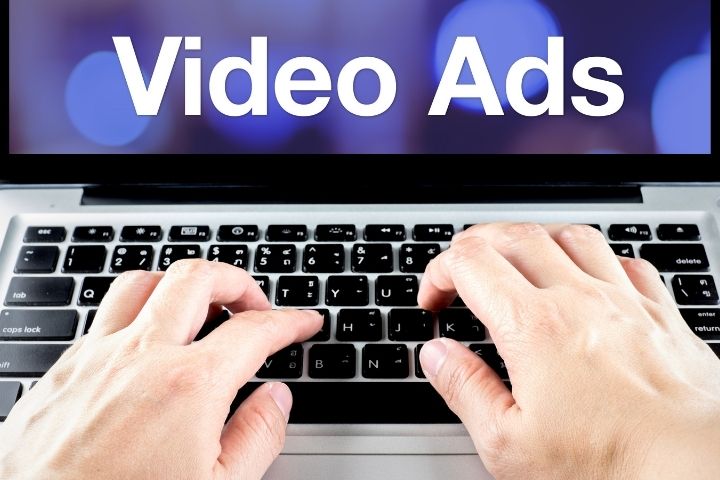How To Adapt TV Creatives For Performance Video Ads
Brands can’t take a pre-made TV commercial and run it online without any modifications – it won’t be practical or useful.
Facebook’s Official Guideline Advises Changing Feeds
- Shorten the video: In mobile advertising, 74% of the meaning of the video is shown in the first 10 seconds.
- Tell about the brand at the beginning of the video: this will help to engage the user immediately.
- Quickly immerse the user in the context: viewers cannot miss TV ads so that brands can afford a more extended set up; in a performance video, you need to immerse the user instantly.
- Trim the video correctly: 4:5 works best on Instagram, 2:3 on Facebook. Vertical and square rollers also work well.
Google Also Has Its Recommendations
- Immediately attract the user’s attention with bright creatives, humor, and spectacular music.
- Integrate the brand in the first five seconds of the video: instead of a logo, it is better to show the product in action and pronounce its name.
- Interact with the user: make them laugh, talk to them directly, keep the storytelling going.
- Place a direct call to action: it should not only be pronounced but also duplicated in tips, overlays, and the end screen.
Simple Solutions
To launch a performance campaign, allocating a large budget for video production is not necessary. For example, the L’Oréal brand used an existing video for performance tasks – the company added a clear call to action. According to brand representatives, the cost per landing page visit for this campaign was 4x lower than regular brand campaigns.
More Impressions = Less Performance
In the Facebook experiment, analysts divided all ads into three types — low-performing, medium-performing, and high-performing—and then assessed how performance metrics change with the number of impressions. It turned out that for all ad groups, performance growth slows down after the fifth impression and often drops sharply after the sixth impression, especially for campaigns with high initial performance.
Future Performance After Cookie Cancellation
Performance ads in general and video ads, in particular, are based on deep and fast analytics. To make timely adjustments to creatives and placements, marketers need to see which combinations of factors drive the most buys and leads in real-time. With the removal of advertising trackers and third-party cookies, this will no longer be possible unless alternative tools are available.
While the industry is in limbo, in the coming months, it will be challenging to say precisely how technology platforms, social networks, and brands will solve the problem of targeting and attribution of ads after the restriction of trackers. For example, Google will begin testing alternative ad attribution methods this year.
Against this background, working with your data comes to the fore. Brands are launching campaigns that specifically target their audience data in the Data Management Platform (DMP). For example, the American fast-food chain Chipotle raffled off $100,000 in bitcoins with one condition: each participant in the raffle must register on the site. Perhaps the importance of CRM marketing will increase in the future – it allows you to build relationships with customers based on personal data they shared voluntarily.








